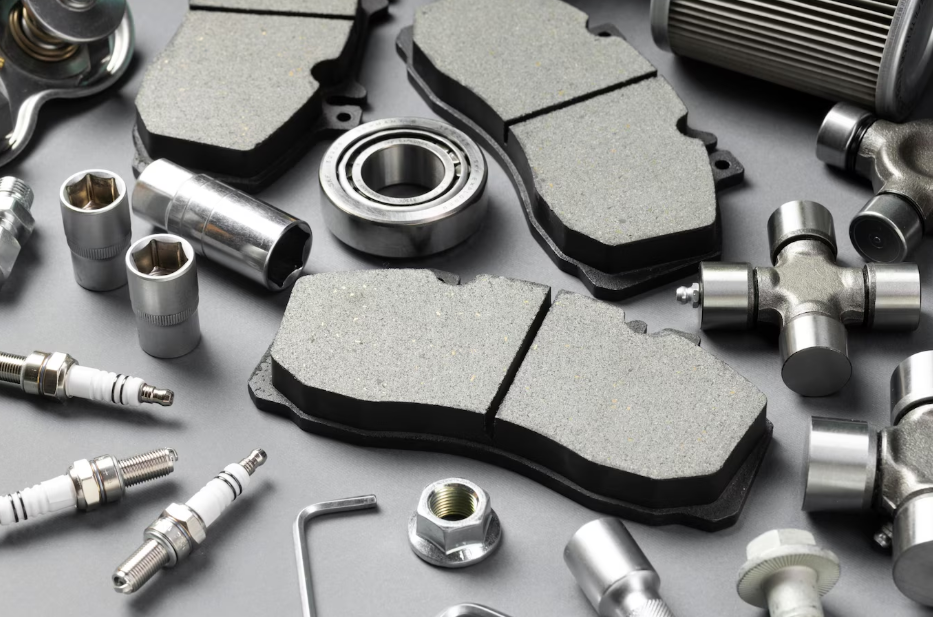Making of prototype molds is considered as an art. There are many mold types which are feasible and these are used in the manufacturing of prototype parts. Among these common ones are
- Master unit Die molds
- Aluminum mold tooling
- Steel mold tooling
MUD or Master Unit Die Molds:
This is one of the mold types which include a standard, injection molding frame which uses varieties of inserts in making the required shape. These master unit die are manufactured through CNC machine. Sometimes they are created even using EDM or electric discharge machine.
The selection of the machine depends on the material which will be used as the mold inserts. In case if we are injecting a plastic into the molding with high temperature, or there are unusual number of cycles to be performed, or the parts which must be manufactured have fine surfaces, or complicated surfaces, then use the inserts which have high robust material properties. So, based on the material required, this must be decided and in some cases, CNC machines may not be able to manufactured desired cuts.
If the requirement is to make more cuts, then EDM machines are best suitable than the traditional CNC machines.
Benefits:
When the master machine die is used, there will be savings in terms of total cost as well as turnaround time spent for prototype revisions. In this case it is ease to remove, redesign as well as re-insert while leaving behind the bigger part of this tool in injection mold machine. So, in cases where debugging is more or adjustment for injection molded part is more them MUD is the best option.
Drawback:
In case of rapid prototype revisions, usually we face the disadvantages of using this injection molding methodology.
Aluminum Mold Tooling:
Among all the tooling solid aluminum tooling can be the final deliverable for most of the projects. In some cases, these aluminum tools are designed in way that it can easily undergo potential changes when actual development is happening. So, it is said that it is easy to machine aluminum tools compared to steel tooling. This is because in case of aluminum tooling it is not burdensome to face the iterative design changes. So, this tooling is best suited for manufacturing where design changes are quite often.
Advantages:
Other than this, there is one more advantage of this method. In this case, the quality of the flow of material into the mold is good. Since it brings best and significant flow properties, it can reduce the potential defects in the manufactured parts. So, through this it can save mot of money which is otherwise spent on post processing work. It is also possible to use moldflow software which can improve the flow and reduce the defects. One of the example for this mold flow is Solid works plastics.
Disadvantages:
When aluminum tooling is used, it is difficult to replicate some properties in a perfect way. Example for this is products which need special finishes. It is difficult to polish materials like steel and aluminum. In case if there is requirement firm high gloss surface, then steel is better choice than aluminum.
Usually there will not be requirement like polished surfaces in case of prototype process. If this is the case then aluminum can be used and it is the best choice.
Steel Mold Tooling:
When it comes to full scale production, steel tooling is the best choice. This is usually not suitable for prototyping mold. So, this method is considered as an upgrade for aluminum and MUD tooling. In this method, designers will be working on the production issues and they are not worried about the part design. They are mainly concerned about properties of the material used like plastic, cycle time, location for trapped air and number of vents needed, gate location, and most importantly flow properties.
Advantages:
The main benefit of this molding tool is significant lifespan. This is the main reason steel mold tooling are mainly used for production rather than for prototyping. Compared to aluminum, steel is less thermally conductive in nature. Steel has best property that is it is more robust. So, there will not be any adverse effect even with short cycle time and for usual injection temperature.
Disadvantages:
Most important thing which must be considered is steel tools are extremely precise and complex. This is the reason they are used for direct production or for one step away from production. Mistakes made in production stage can be really costly.
Conclusion:
There are many things which must be considered when choosing the right material as well as design for prototype molds. Most common options available are steel tooling, aluminum tooling, and MUD. As we saw, each of them have their own benefits and drawbacks when it comes to quality, efficiency, cost, scale, iterative design capacity, rapid prototype capacity, and even finishing the requirements. So, it is important to evaluate a project by considering suitable use, price, and quality.







